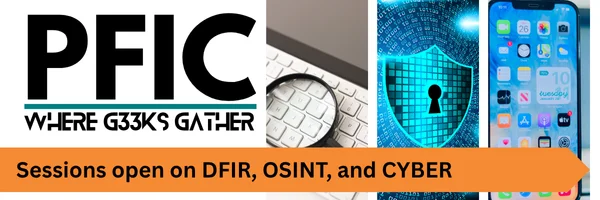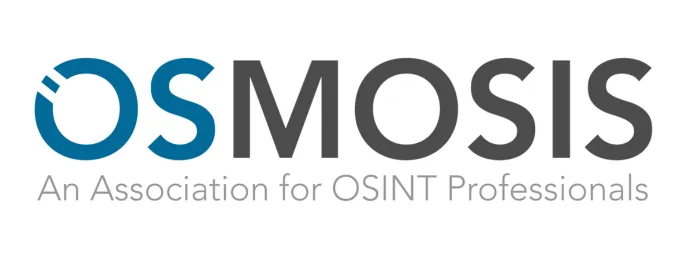
Online Virtual Summits
DFIR - OSINT - CYBER
PFIC is embracing a new format in 2026 with the introduction of the PFIC Quarterly Summits, a high-impact virtual event held once every quarter! Each PFIC Summit Day is designed to deliver concentrated, cutting-edge content essential for DFIR, OSINT, and Cyber professionals.
Registration grants you access to the specific virtual sessions for that date, the exclusive PFIC Portal, and valuable networking opportunities. All Enrollment is Complimentary due to our sponsors!
Important Note:
To attend, you must register for each quarterly PFIC Summit Day date separately to gain access to that specific virtual event.
Registration is now open for Winter Session
If you are interested in sponsoring any of the PFIC events please reach out to us a via email.
PFIC Winter Session Feb 19, 2026
9 AM to Noon (Eastern Time Zone)
9:00 AM to 10:00 AM
From Raw Feeds to Real OSINT: Python + AI
in Action
In an era overwhelmed by global digital content, the ability to automatically distill meaningful, trustworthy, and actionable intelligence from news feeds has never been more vital. This session demonstrates how Python and OpenAI can be combined to transform raw, multilingual Internet data into structured insights that support real-time analysis and decision-making. Through a detailed walkthrough of key Tactics, Techniques, and Procedures (TTPs), I will show how to build an automated pipeline that ingests, normalizes, evaluates, and summarizes global information—turning unstructured text into actionable situational awareness.

Chester Hosmer
Chet Hosmer is the founder of Python Forensics, a Non-Profit Organization that provides research and python scripts to help with advanced investigative challenges. Chet also serves as a Distinguished Campus Colleague at the University of Arizona. Chet has made numerous appearances to discuss emerging cyber threats including NPR, ABC News, Forbes, IEEE, The New York Times, The Washington Post, Government Computer News, Salon.com and Wired Magazine. He has 7 published books with Elsevier and Apress that focus on Python Forensics, data hiding, passive network defense strategies, PowerShell, and IoT.
10:00 AM to 11:00 AM
Analyzing WannaCry: A Forensic Method for Recovering Ransomware Data with Open-Source Software
Ransomware known as WannaCry crippled thousands of systems in 150+ countries in 2017, signaling a new era in the development of cyber threats worldwide. But behind all the hype is a goldmine of information for forensic science and real-world recovery tactics. This session takes a forensic investigator's view of WannaCry, covering the virus in detail and covering methods for recovering, analyzing, and interpreting artifacts—even after encryption and system compromise—that the malware left behind.

Smit Naik
Smit Naik is a seasoned Cybersecurity Analyst and published author with over five years of hands-on experience specializing in Digital Forensics and Threat Analysis.
His passion lies in uncovering hidden digital evidence, particularly in complex scenarios like ransomware recovery and the burgeoning field of UAS (Unmanned Aerial System) forensics. Smit has pioneered research into extracting forensic artifacts from consumer drones, even after factory resets, revealing critical insights from hidden telemetry and crash logs.
He is the author of "Eyes In The Sky: A Guide to Drone Forensics" and is currently documenting structured malware analysis in his second book. Smit is an invited speaker, contributing author to international research, and a mentor, committed to pushing the boundaries of cyber forensics.
11:00 AM to Noon
The Blind Spot in Cyber Defense: When Trust in People Fails Before Trust in Code
Most cyber programs focus on code quality, infrastructure hardening, and incident response—but overlook the root assumption: that the people writing and deploying the code are who they claim to be. This session explores the human layer of cyber defense and how developer identity integrity impacts every downstream security control. Milanie highlights the risks introduced by falsified profiles, offshore access masquerading as local talent, and inflated skill claims. She presents a pragmatic framework for integrating trust intelligence into SOC workflows and reducing breach potential at the earliest possible point: the moment of access creation.

Milanie Cleere
Milanie Cleere is a product executive and advisor with deep expertise in enterprise transformation, AI-enabled solutions, and regulatory technology. She holds a high level U.S. security clearance and has led billion-dollar product portfolios at Amazon Web Services. Her work spans cybersecurity, insider risk, identity integrity, and OSINT-driven decision frameworks. As Founder and CEO of Know Your Developer™, she focuses on the emerging intersection of technical hiring, developer identity signals, and access risk. Milanie’s current work examines how AI-generated resumes, manipulated online profiles, and falsified developer histories create new threat surfaces for enterprises. She brings a mission-driven approach to trust intelligence, helping organizations detect anomalies earlier, verify developer authenticity, and reduce fraud before it becomes a security incident. She speaks on the human layer of cyber defense, identity-driven risk, and the future of trust in technical ecosystems.
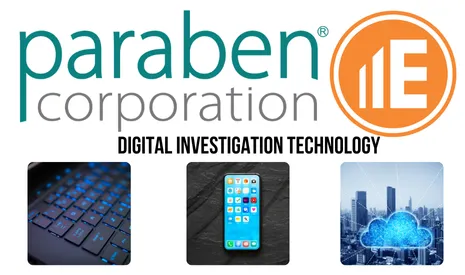
Paraben Corporation
Paraben Corporation provides digital forensic solutions, with their flagship product being the E3 Forensic Platform. This comprehensive suite empowers investigators to efficiently acquire and analyze data from diverse digital sources, including smartphones, computers, cloud storage, and IoT devices. E3 streamlines digital investigations with its robust features for data acquisition, parsing, analysis, and reporting, catering to law enforcement, government agencies, and private sector professionals.
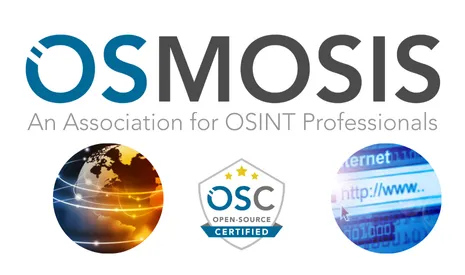
OSMOSIS
Join the Osmosis Institute and become part of a community dedicated to exploring the frontiers of OSINT.
Connect with like-minded
individuals, researchers, and innovators. Explore the OSC certification for
OSINT investigators. Collaborate with a community of digital investigators.
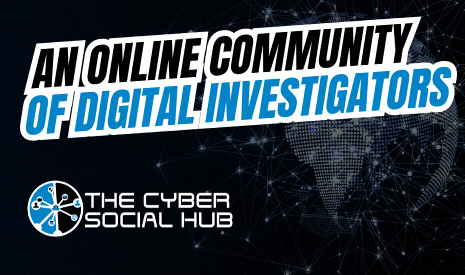
Cyber Social Hub
Join for FREE & access articles, specialized groups of your interests, informative videos, and a community of other professionals.

ForensicMag
Forensic® (FOR) is the #1 leading source for daily breaking news in the forensic research community. While FOR has evolved over the years since its inception as a former magazine in 2005, FOR continues its unwavering commitment to its loyal readers of forensic and crime scene professionals. Currently, FOR is published daily online and covers a breadth of information vital to forensic professionals - from DNA to trace analysis, sample prep, toxicology, crime scene technologies, and technological advancements across the relatively dynamic and evolving forensic landscape.
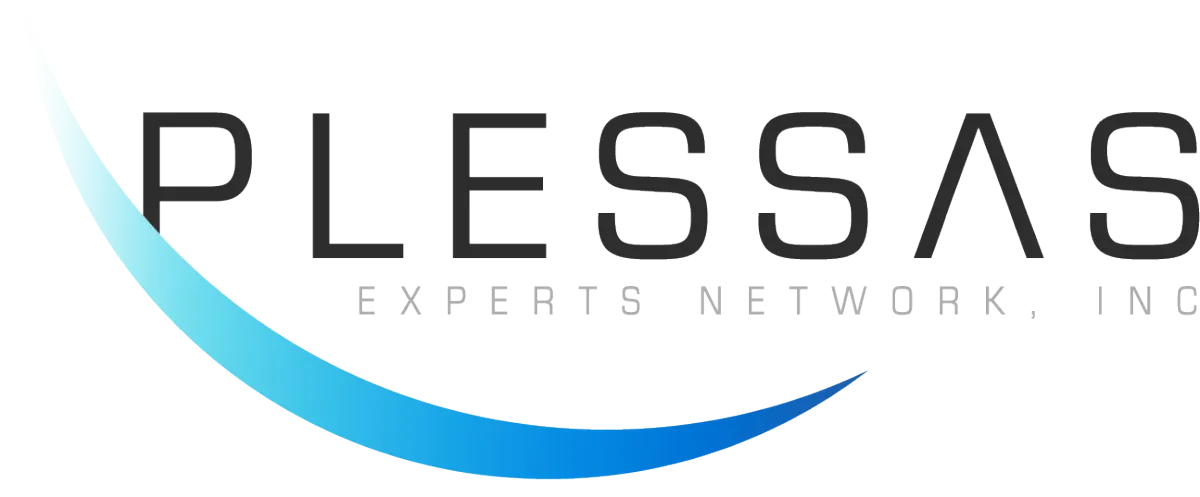
Plessas Expert Network Inc.
Founded in 2008, Plessas Experts Network (PEN) is a Woman-Owned, Service-Disabled Veteran-Owned Small Business specializing in open-source intelligence (OSINT) for government, corporate, and legal clients. Through Plessas Academy, PEN has provided advanced OSINT training to over 25,000 law enforcement professionals and numerous corporate investigators, while also supporting research partnerships such as REMND, CYCLES, and collaborations with the University at Albany’s ILS and Boston Fusion. Today, PEN leads in responsible OSINT innovation by integrating AI into investigative workflows, offering human-in-the-loop training and red-teaming, and maintaining a growing Digital Knowledge Base, all guided by a commitment to ethical tradecraft.
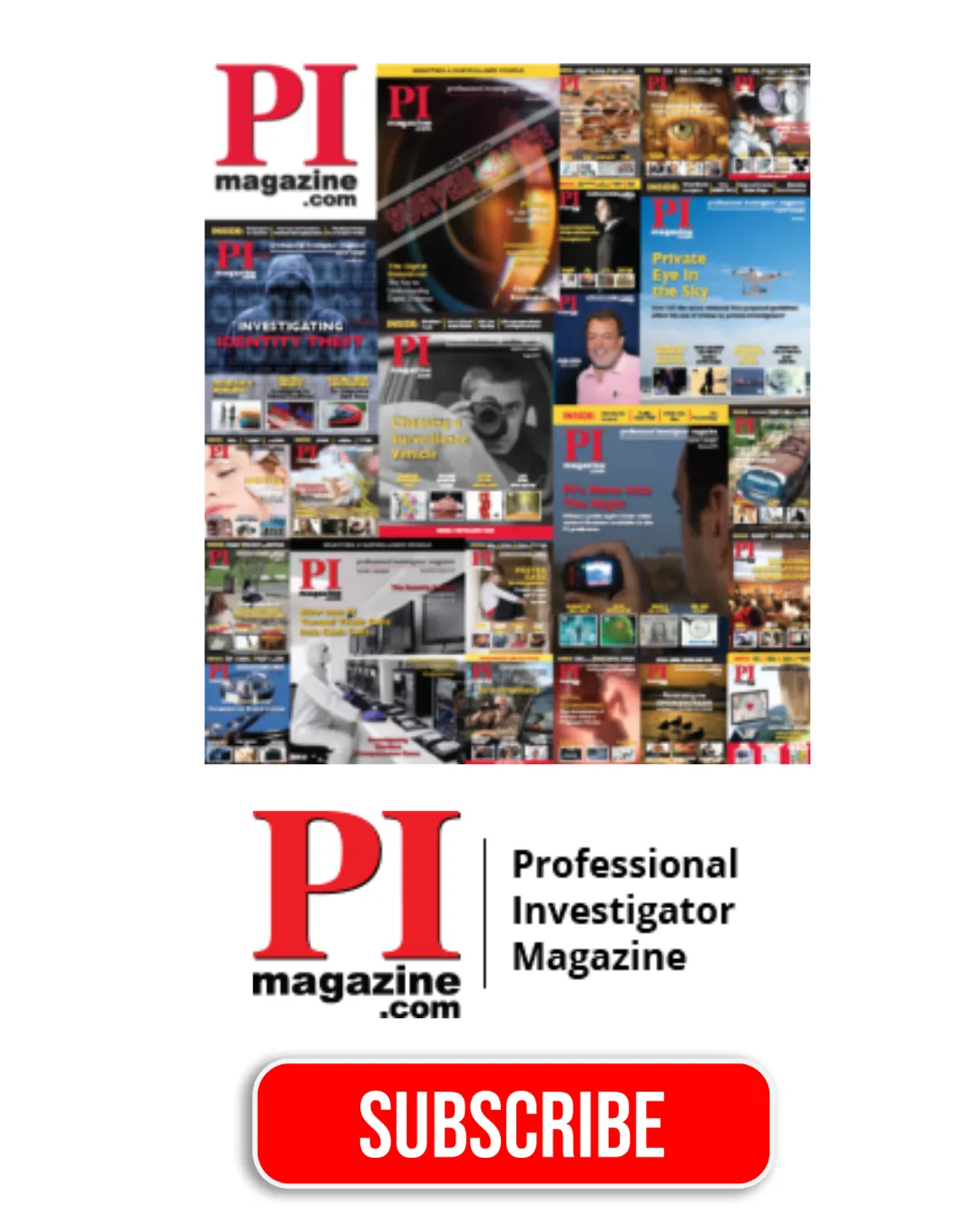
PI Magazine
Are you a professional investigator seeking the edge in a constantly evolving field? PI Magazine is your indispensable resource, delivering unparalleled insights, expert analysis, and cutting-edge strategies directly to your doorstep (or inbox!). Each issue is packed with comprehensive and current advice, in-depth articles from seasoned experts, and vital information to help you navigate complex cases, master new technologies, and stay ahead of industry trends.

OSINT Cocktail
Dive into the world of online investigations with the OSINT Cocktail podcast! Join veteran investigators as they dissect films each week, revealing real-world open-source intelligence techniques hidden in plain sight. Learn practical skills in OSINT, digital forensics, fraud investigation, and more, and uncover how to apply these methods to your own inquiries. Tune in and become a more insightful digital investigator!
Why should you attend PFIC...
Why should you attend PFIC...
“If you have not looked at attending the Paraben Forensic Innovation Conference you should. The DFIR event has great talks and lots of hands-on lab tracks. Even though the conference is called Paraben, there are a lot of other forensic companies there. And, you can talk to lots of real users. Unlike other conferences that cost thousands, this digital forensics conference is affordable for any budget.”
Ira Victor, Chief Forensic Analyst
“I was extremely pleased with the incredible professional level of speakers throughout this forum. The information they provided was extremely valuable. Throughout both my police career and digital forensics, I would rate this forum at the very top. PARABEN did an excellent job.”
James Bogers MJB group
“OMG. I learned so much in the first hour of PFIC my mind is blown. As you may or may not be aware, I have been in investigations for over 35 years. I speak internationally on Police Policy and Procedure INVESTIGATIONS. I have NEVER at least that I Can recall, learned so much in one hour! This is such an incredible journey.”
Frank DeAndrea DeAndrea Investigations

